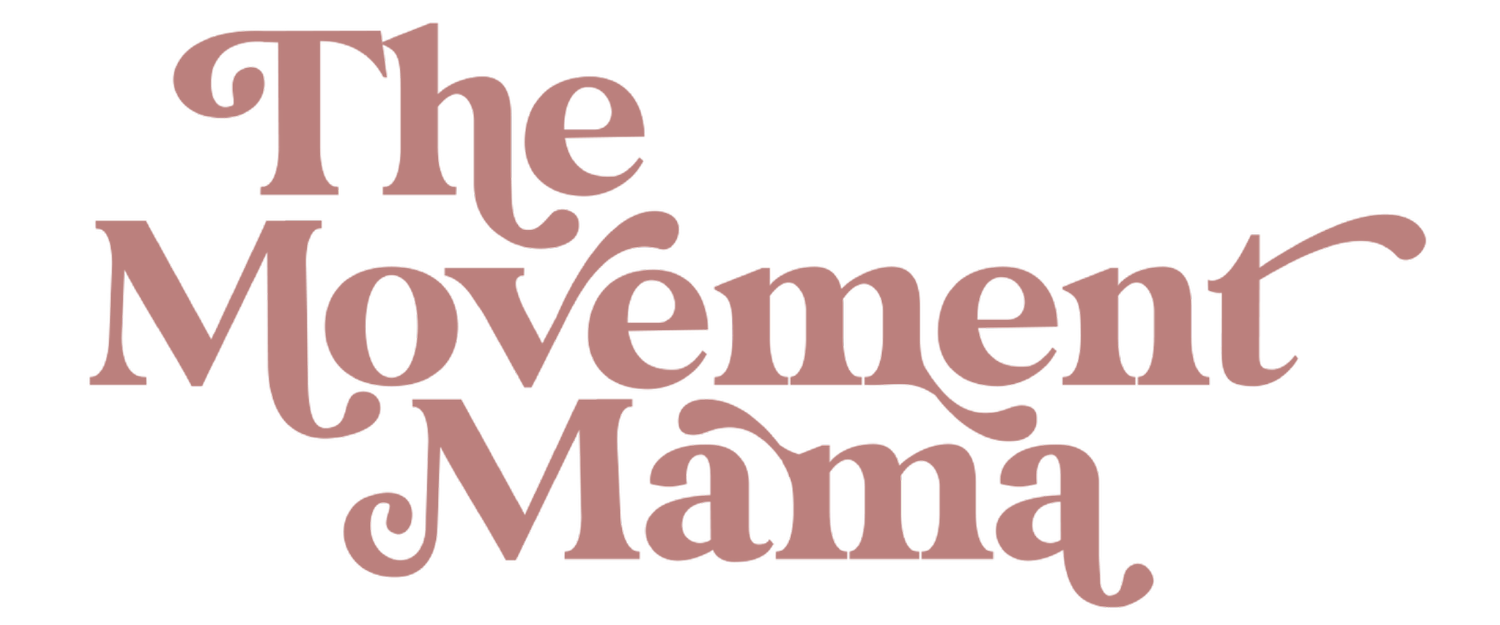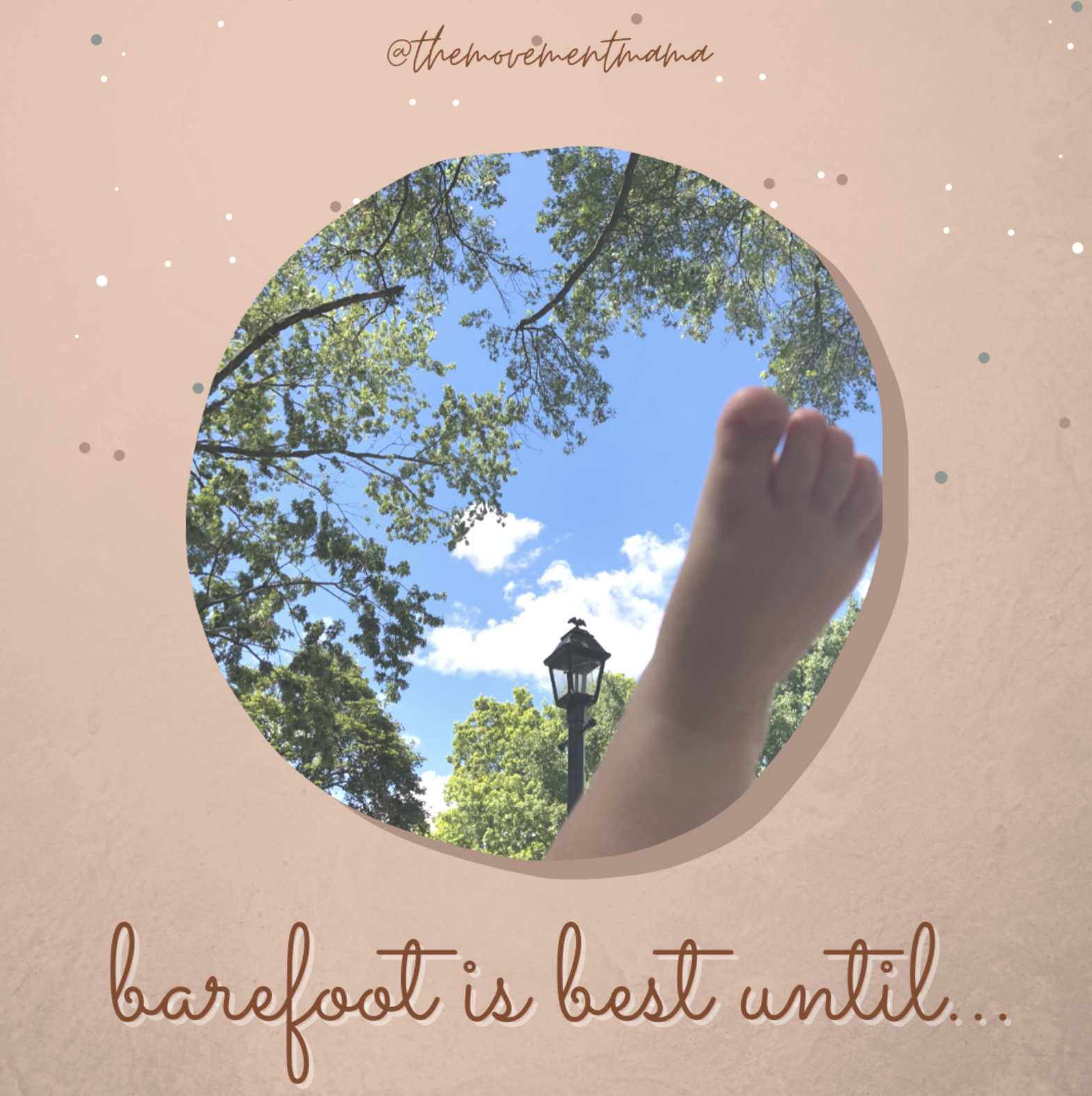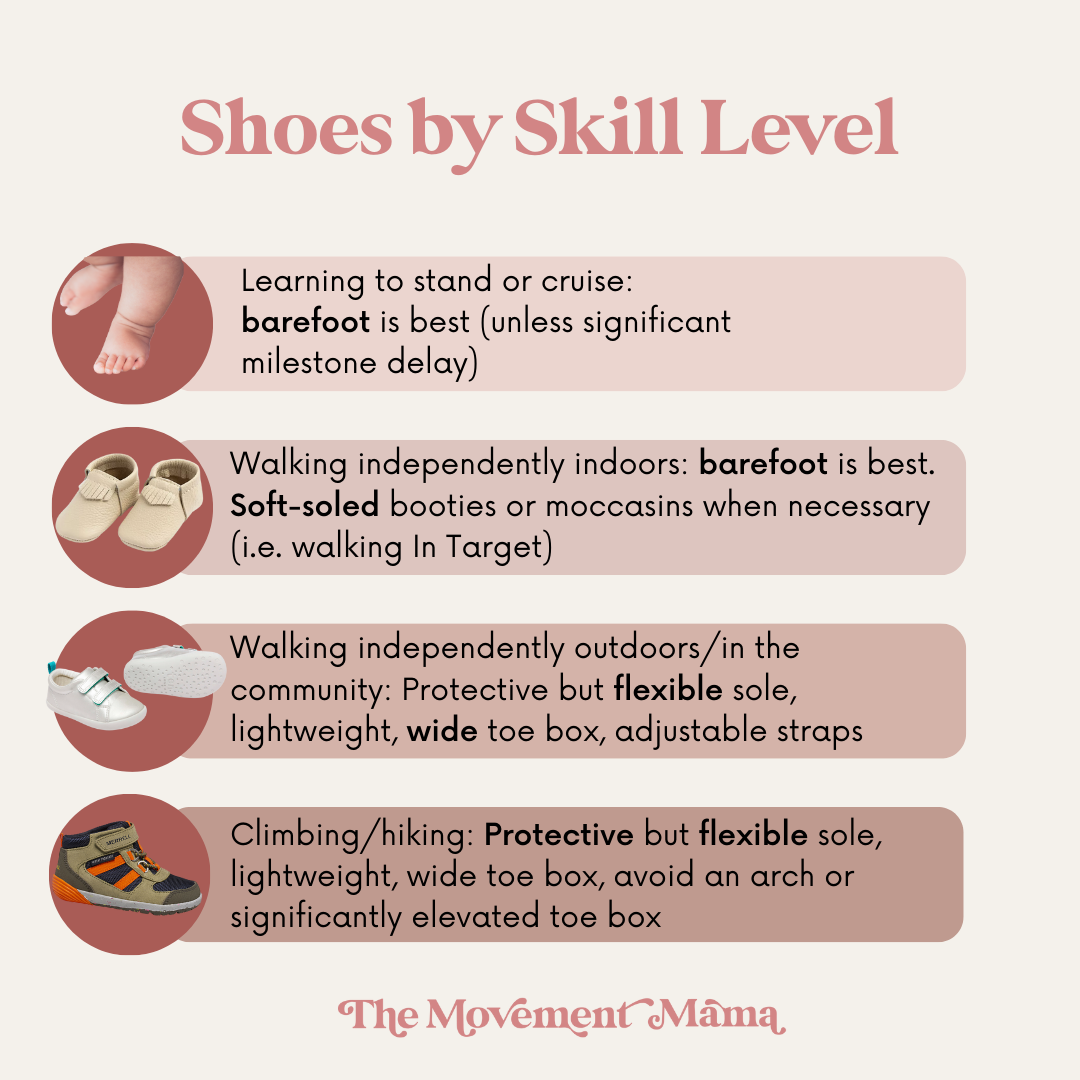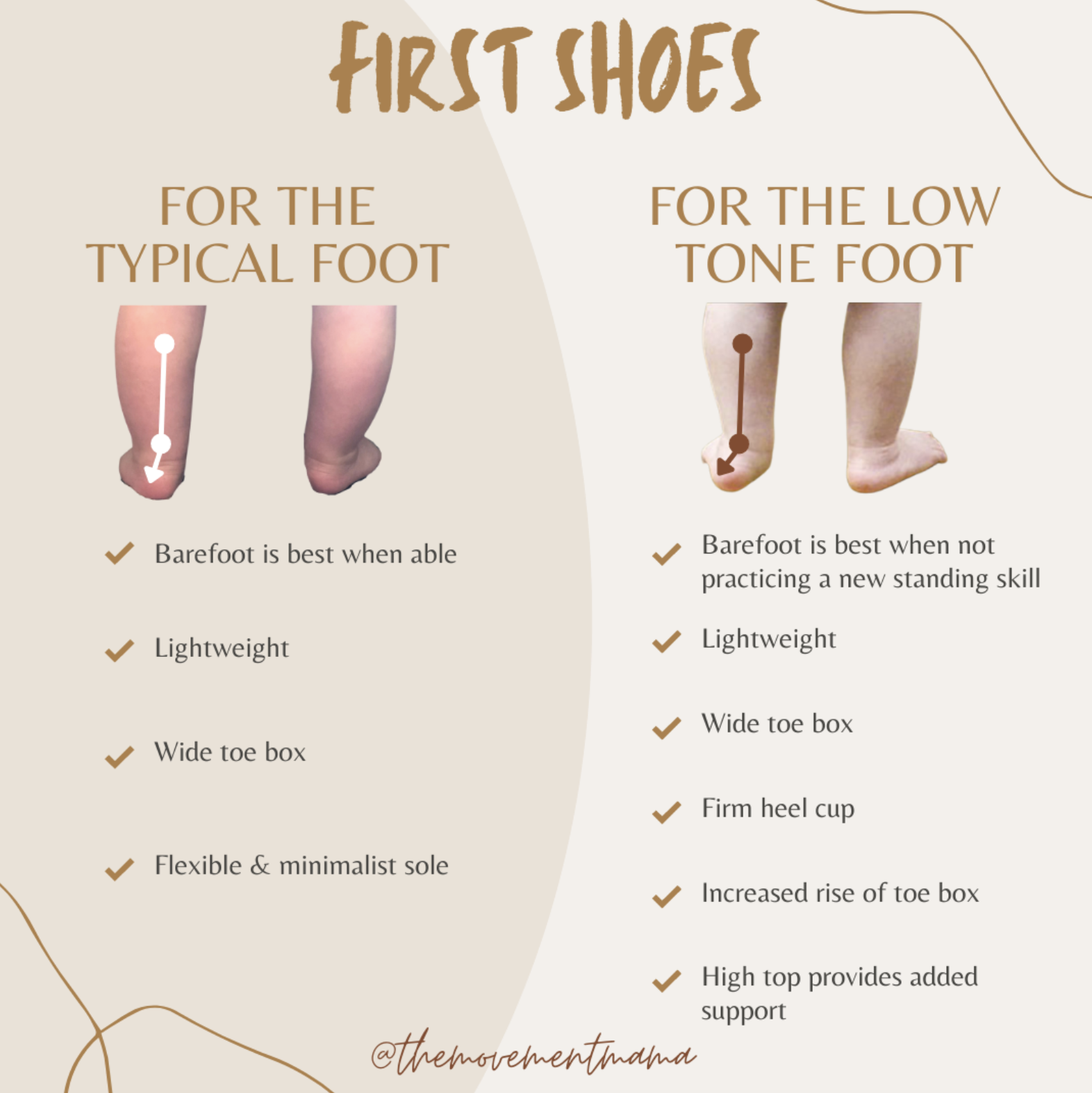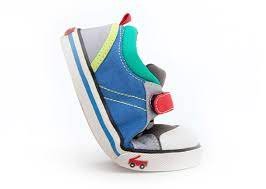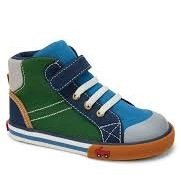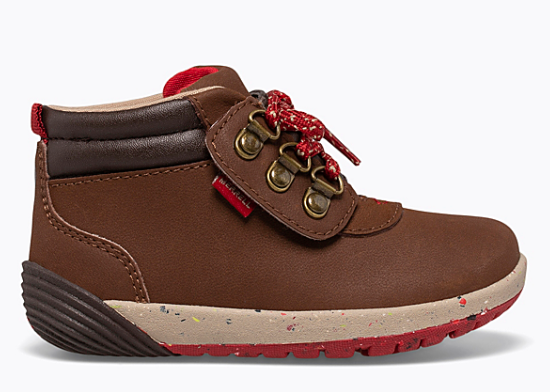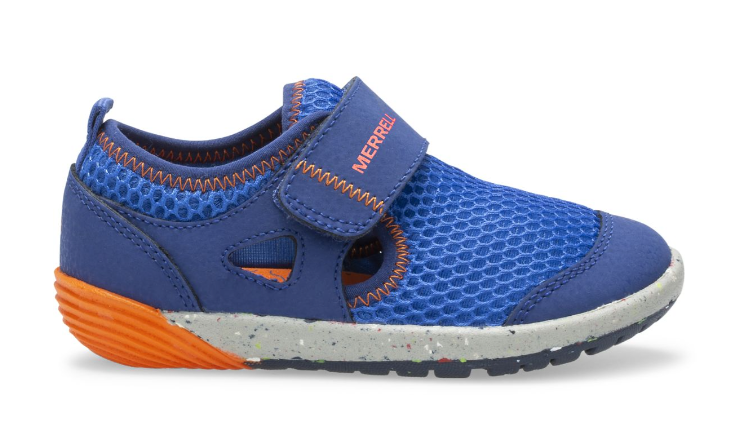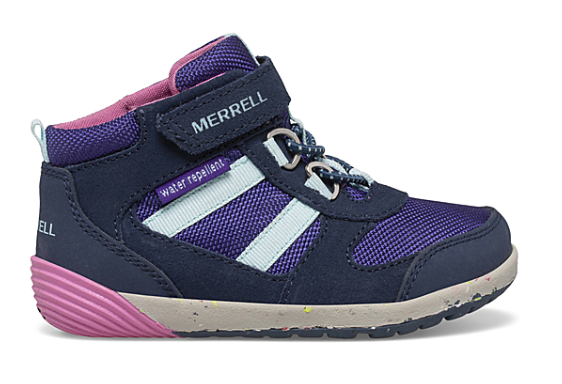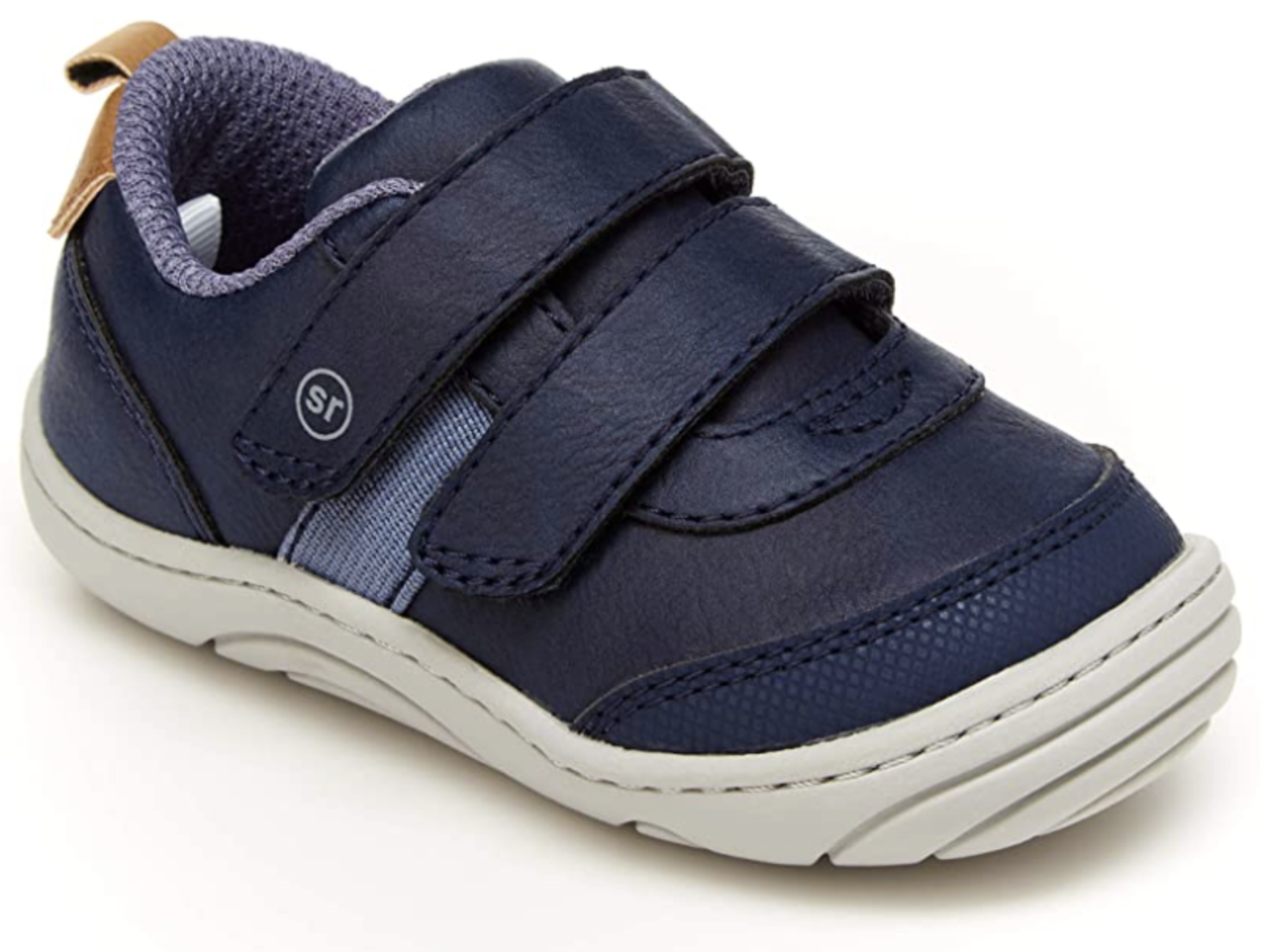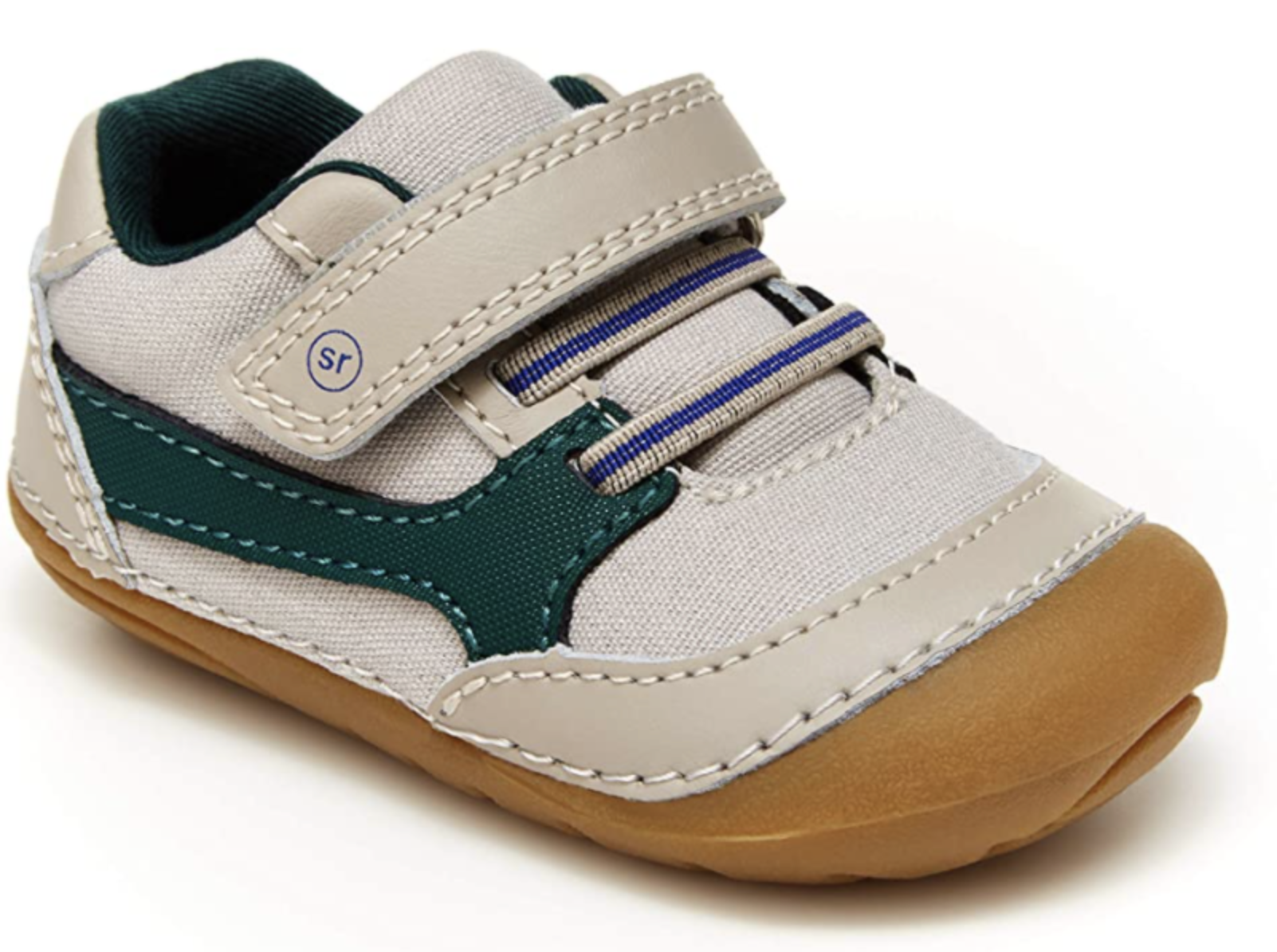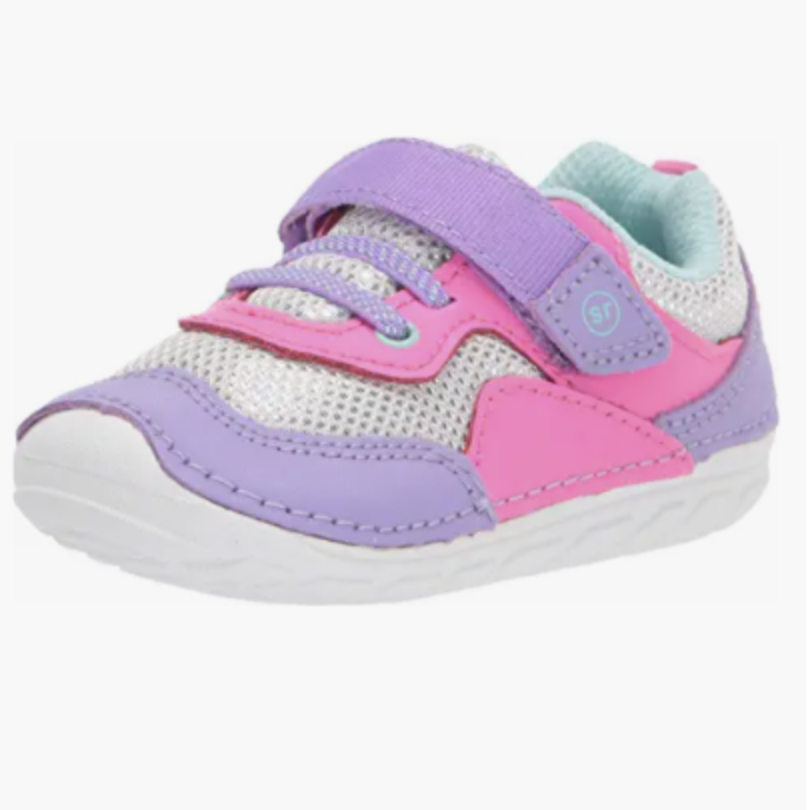Shoes for New Walkers (and beyond): A Pediatric Physical Therapist's Guide
For more resources like this, check out these other Movement Mama posts:
Spring + Summer Shoes for New Walkers
Winter Shoes for New Walkers: A Pediatric Physical Therapist’s Guide
I'll walk you step by step through what I look for in a shoe for a new walker so you can feel confident you're making the best choice for your toddler.
This post contains affiliate links that aid in supporting The Movement Mama at no additional cost to you. You can learn more by reading my disclosure policy.
If you're curious about whether or not your little one is even ready for shoes, check out this post, where I break it down for you!
This post is also super helpful for determining if babe is ready for shoes AND if so, what "type" of shoe they might need.
Now that you're up to speed on whether or not your babe is ready for a shoe, let's get down to business.
You might also find this post helpful when determining whether or not your babe can follow general recommendations or if they require more support. Be sure to expand each post and read captions for all the details that I'll spare you for the purpose of today's post.
I want to be clear that "flat feet" in infancy/early toddlerhood are completely normal, as they have a fat pad on the inside of their arch that causes this appearance until around age 2.
However, an excessive collapsing of the arch and back of the heel that is causing difficulty with standing activities is absolutely something you should speak with your Pediatrician about and consult with a Physical Therapist to determine the correct course of action for supporting your little one's growing foot.
Alright because I know you're going to ask, these shoes are from Ten Little. And just so we're totally clear: for the purpose of this post specifically, we're speaking about a toddler who requires a shoe to walk outdoors or indoors such as stores, daycare, etc. This toddler also has no musculoskeletal abnormalities or abnormal foot position. We are just talking about general population kiddos with no developmental delays, ok? Okay.
Now that we've got that out of the way, here's the breakdown of what I want you to look for when going to a shoe store or clicking on some targeted baby shoe ad on Facebook:
Pull loop: Let's start simple. Just trust me when I say this will make your life 10,000x easier getting those chubby little feet into their shoes.
Velcro straps: Baby feet come in all shapes and sizes. And as toddlers grow, they lose the fatty tissue on their feet at times when their foot length may not actually change. Velcro straps not only allow for easy adjustability for their comfort but they also encourage independence at a younger age when they're able to get shoes on/off themselves. You may not want to teach this if you don't want every car ride to end in them kicking their shoes off, or you may just learn to not put shoes on until you reach your destination :) I'll let you decide.
Slight toe rise: Learning to walk is hard. Falling isn't fun, but it's a necessary part of learning. I love finding a shoe that has just a slight rise in the toe. Excessive toe rise isn't necessary, but giving our new walkers a bit of an advantage against tripping over their toes is helpful and encourages them to continue trying to walk throughout more of their day.
Wide toe box: Here's an amazing visual from My Foot Function that demonstrates WHY a wide toe box is so crucial to supporting tiny growing feet. Sure you may be able to slide your toddler's feet perfectly into a shoe in sitting, but when they stand, their foot and toes splay out. It's no wonder so many kids complain about shoe-wearing at first. They're used to letting their piggies free.
While we probably would get in trouble if we cut a shoe open like this at the store to check the fit, we still have an opportunity to do a proper fit check. Slip the shoes on your sweet babe and have them stand up (remember, unless they're independently standing and walking, they don't need to be in shoes like this, they should be in a soft soled moccasin where able). Use your thumb or pointer finger to feel on top of the shoe where each toe is. This isn't the easiest thing in the world to do, but take the time to push your finger on either side of each toe to ensure there's adequate space. Observe how they look in standing--do their feet look scrunched or uncomfortable? Do they act like it's painful? Some resistance to shoe-wearing at first can be common: they've never worn shoes, after all. But you know your child best--trust your gut. If it's telling you it's not a proper fit, try a different size or a different shoe style.
Protective, flexible sole: The biggest indicator that a child needs to switch from a soft soled moccasin to a shoe with an actual footplate is when they begin walking in the community. Meaning they may encounter rocks, sticks, mulch, heat/cold, sharp objects, etc and we need to protect their feet. And while we want the sole to be thick enough to prevent penetration of sharp objects, we also want it to be flexible enough for your little one to feel surface changes beneath their feet. This not only helps them be more balanced by giving them lots of feedback about where their body is in space + how to adjust their walking accordingly, but it also helps to strengthen the tiny muscles of the foot and ankle that are necessary for developing the arches of the foot, as well as the stability required for higher level motor skills.
For a quick check, see if you can bend the shoe in half, bringing the toe and heel up simultaneously. If you can do that, it’s likely flexible enough for your new walker
Firm, but flexible heel cup: Okay I'm hoping this one doesn't leave you feeling like it was clear as mud. If you can pinch the back of a shoe and it completely collapses, it's too flimsy to support the heel of a new walker (or any walker). If you pinch the back and it doesn't move, it's too firm for a new walker that needs more flexibility for body awareness and foot development. If you pinch it and feel some resistance but can compress it some, it's perfect. The heel is responsible for driving the position of the foot, so if it's too flimsy or too firm it leads to abnormal foot positioning and ain't nobody got time for that.
PLEASE drop me a comment below if you have any questions or if I need to be more clear. I have video demonstrations of various aspects in my Shoes Info highlight.
Some other common questions I get asked:
Q. How do I measure my baby's feet? I have a full blog post explaning here. We ALWAYS want to measure their foot in standing, because as I mentioned previously their foot splays out in standing and will measure differently. Find an engaging toy for them to play with or turn on a show to get them to sit still, if you have to. Unfortunately, each company will have a different size chart. Utilize the size chart specific to the brand you are purchasing from.
Q. What do the letters next to toddler shoe sizes mean? Occasionally, you will see W, XW, or N. These stand for Wide, Extra Wide, and Narrow. Changing the width or making these modifications is a much better option than adjusting the shoe size. If you’re struggling to fit their chunky feet in, going up a shoe size can cause balance and stability issues. If you know your child has a wider foot, or if you need to accommodate for an orthotic, choose Wide or Extra Wide. If your toddler has a narrow foot, find shoes that are made for narrow feet, instead of sizing down. Ten Little also now comes with strap extenders + removable insoles!
Q. Is it okay to buy hand me downs? Short answer: If it’s a high-quality shoe brand and you don’t see any major signs of wear, go for it! But coming from a Mama on a budget who knows how hard it is to spend money on shoes they may outgrow in a few months, trust me when I say: shoes are worth the investment. Our body alignment is built from the ground up. We need a stable, well-aligned base to support a growing skeleton.
Q. What are your favorite shoes for new walkers? (if you’re looking for winter shoes, head here —if you’re looking for Spring/Summer, head here —for regular tennis shoes, check out this post)
Q. When do we transition from a “first walker” to a regular shoe? If your little one has been walking since being in their first walkers, simply transition to a regular shoe when they outgrow their first walkers! If they are still working on walking, keep them in the first walkers!
In no particular order...
As I mentioned before, the shoes pictured are Ten Little. They come in a variety of colors and have fun sticker packs for your little one to decorate their shoes. And if you’re like me and hate to pay shipping, consider adding on a fun developmental toy from their shop! They have such amazing curated items that you can give to them now or hold back for a holiday :) and you end up with a total that gets you free shipping — win, win! Another huge win with these shoes is they’re relatively waterproof and wash super well!
I recently have become obsessed with SeeKaiRun! These are a great option that still check all the boxes, but I will say they are not as waterproof! My kids are WILD and can be found splashing in creeks or puddles at any time, but this may not be important to you! You can also find some cheaper options through their Target line, but I recommend signing up for emails from SKR directly, as they have amazing up to 60% off sales!
After loving their water shoes, we are starting to branch out into using anything from the Bare Steps line by Merrell! These are minimalist shoes by nature and you can even find hiking boots that are nice and flexible to allow your babe’s foot to develop independently!
I also have had success with Stride Rite shoes for new walkers. Be sure to use my checklist above, though, as some.of them are too firm. You can find these 4 below at my shoe idea list here. Some kiddos need more support, though! If your kiddo met some of the criteria for a “low tone foot” in the images at the beginning of this blog, Stride Rite is a great option to give them some added stability!
Just remember, if these aren't in your budget, you can STILL find great shoes that fit the bill for my shoe-buying checklist above. You can also find some available via Amazon here.
not seeing any you love? here are some tried and true barefoot shoe brands to check out!
Ten little
little love bug
splay (code movement for 10% off)
merrell bare steps
saguaro (code movementmama for 10% off)
vivo
seekairun
Searching for Spring + Summer shoes? Click here. Or maybe you’re looking for Winter shoes—those are here!
How else can I help?!
